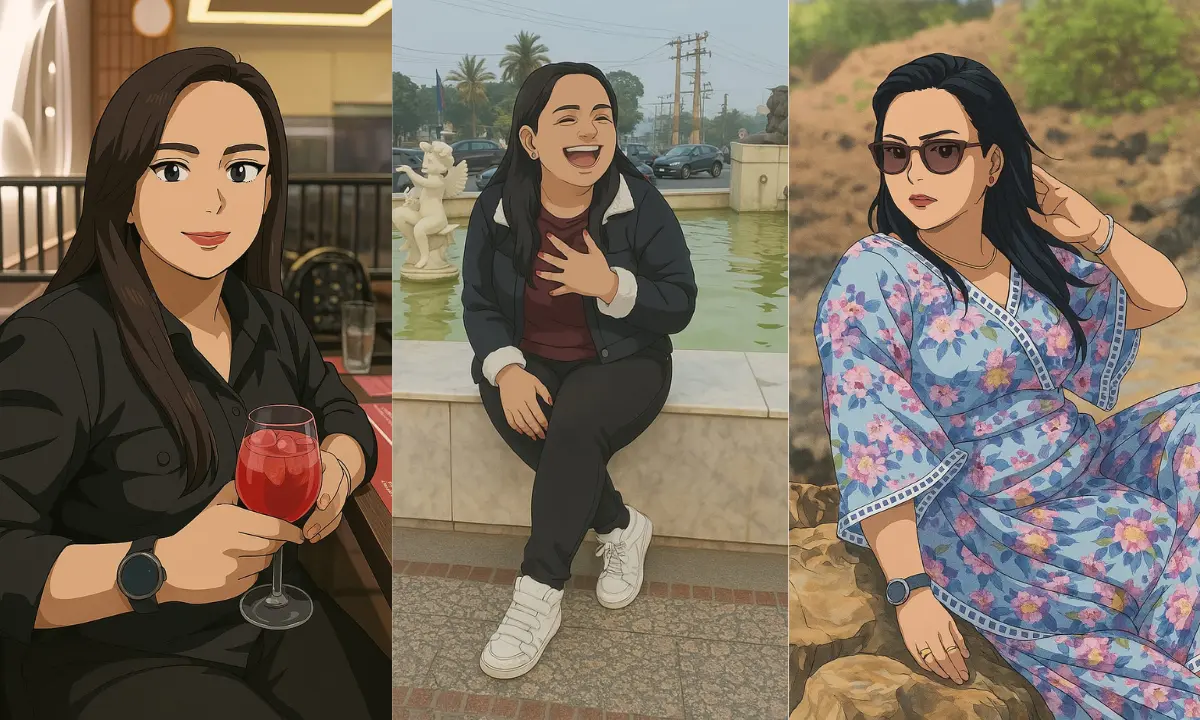- hello@thetargettrends.com
- 419 Ground Floor Sant Nagar, East Of Kailash , New Delhi
Negative Effects Of The Ghibli Trend

14
April.
Negative Effects Of The GHIBLI Trend
The Dark Side of the Ghibli Trend: When Aesthetic Becomes Pressure
Studio Ghibli films have always enchanted audiences with their stunning animation, quiet storytelling, and the magical charm of everyday life. From My Neighbor Totoro to Spirited Away, the Ghibli world invites us into soft, nature-filled scenes that feel like a warm hug. But as the Ghibli aesthetic has become a major trend on social media, it's started to shift from art appreciation to a lifestyle ideal — and not always in a healthy way.
Here’s a look at the negative effects of the Ghibli trend and why it might be time to step back and re-evaluate how we engage with it.
Romanticizing an Unrealistic Lifestyle
The Ghibli trend encourages a whimsical, peaceful life—slow mornings, gardening, cooking with love, long walks in nature. While beautiful in concept, not everyone has access to this kind of lifestyle. Many people live in fast-paced cities, work long hours, and can’t afford to spend their days baking fresh bread in countryside cottages. Constantly seeing this aesthetic ideal online can make real life feel dull or inadequate in comparison.Toxic Productivity in Disguise
There’s a growing sub-trend that says: “Romanticize your life.” While that sounds empowering, it often turns into pressure to make every mundane moment picture-perfect. Pouring tea? Better be in a vintage cup. Journaling? Needs soft piano music and a candle. Instead of enjoying life, people start curating it—for likes, not for joy. This turns genuine relaxation into yet another performance.Cultural Misinterpretation
Studio Ghibli’s charm is deeply rooted in Japanese culture — from Shinto beliefs to traditional Japanese food and countryside imagery. When the Ghibli aesthetic is mass-marketed globally, it can lose context. Aesthetic trends often cherry-pick visuals without understanding the cultural background, leading to oversimplification or even misrepresentation of Japanese values and traditions.Escapism to Avoid Reality
While Ghibli films gently use fantasy to reflect on real-world themes like grief, war, and growing up, the trend often focuses only on the aesthetic — the visuals of forests, floating spirits, and cozy meals. This can create a culture of escapism, where people use the Ghibli world to avoid dealing with their real problems. A little escapism is fine, but too much can keep people from facing necessary challenges in their lives.Exclusivity and Gatekeeping
As with many niche aesthetics, once the Ghibli trend gained popularity, it started attracting gatekeepers — people who judge others for not “doing it right.” Whether it's criticizing someone for not having the “right” home decor or accusing them of only liking Totoro because it’s mainstream, the aesthetic community can sometimes become more about elitism than shared appreciation.Conclusion
Loving Ghibli isn’t the problem — Studio Ghibli’s films are timeless and meaningful. But turning the Ghibli lifestyle into a rigid aesthetic ideal can be harmful when it leads to unrealistic expectations, performative living, or cultural misinterpretation.The real magic of Ghibli lies not in the perfect aesthetics, but in the small moments: the rustling of leaves, a simple meal, a quiet walk, or a shared smile. Let’s keep the spirit of Ghibli alive by embracing those real, imperfect moments — not just the Instagrammable ones.









2 Comments
Rahul
Amazing Information... Great job
ReplyAnjali
Keep Sharing Such Informative Blogs....
ReplyLeave a Comment